A constantly flooded ATV is a real pain in the ass, not to mention it’s bad for engine health. Flooding causes gas to dilute the engine oil and that over the long term can be terminal. Anyhow you are in the right place, I’m a mechanic and I think we can get this puzzled out right now.
ATV gas flooding is a symptom closely associated with the following common ATV issues:
In this post, you’ll learn why your ATV floods with gas, you’ll learn how to diagnose the root cause and how to un-flood your bike quickly. In addition, you’ll learn some mechanics tips for avoiding flooding in the future.
Page Contents
I think you have this one covered. The symptoms are obvious to most but there may be a few in the list below that are tangential to flooding.
In many cases, an ATV floods because the engine needs a tune-up, and so if you haven’t serviced your ATV in more than twelve months. A full tune-up now is a great place to start.
Generally, a flooded ATV is a symptom of an underlying problem, it is not the root cause. In this section, we’ll look briefly at some of the more likely root causes of ATV flooding.
They include:
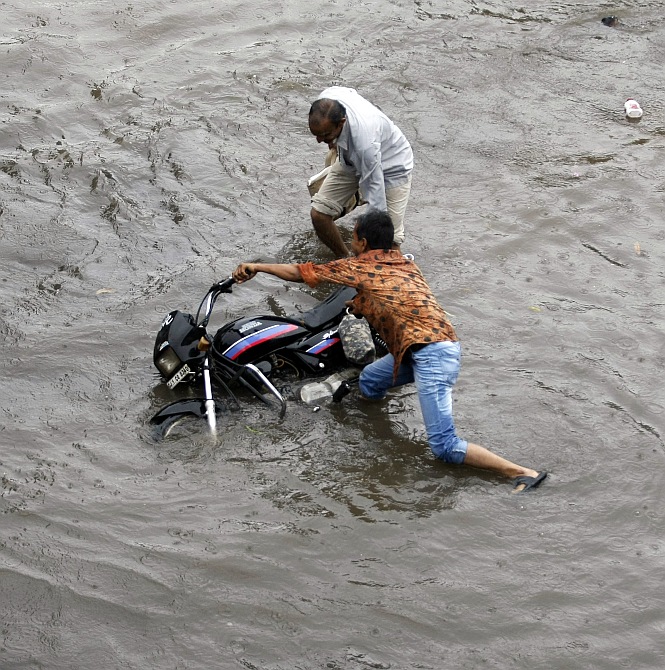
 These types of carburetor faults are associated with hydro-locking.
These types of carburetor faults are associated with hydro-locking.As we’ve seen in the previous section, the list of possible causes is wide-ranging. In this section, we’ll attempt to diagnose the root cause. It makes sense to check the most common and also easy to check items first, before checking the less likely issues and harder to test. And so that’s what we’ll do next.
Go ahead and check the following:
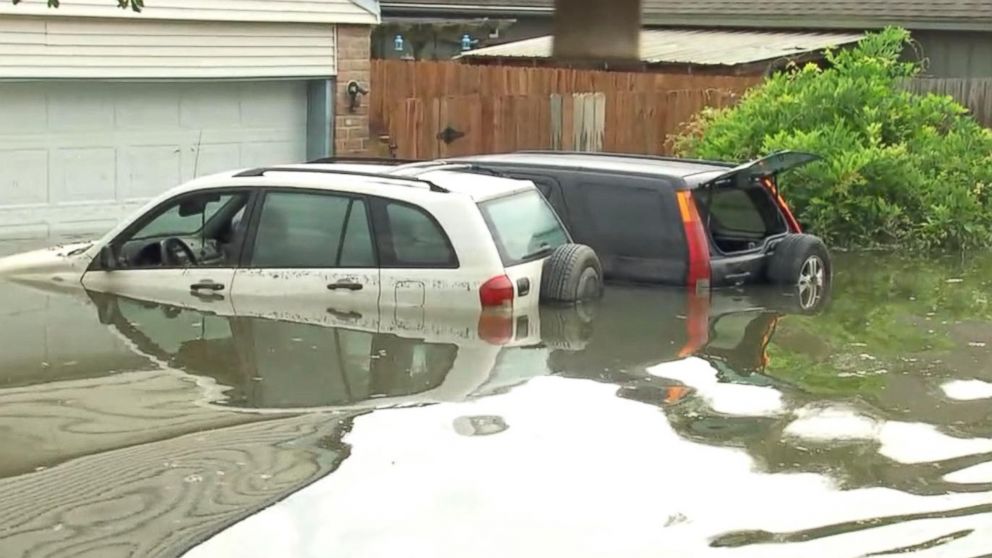
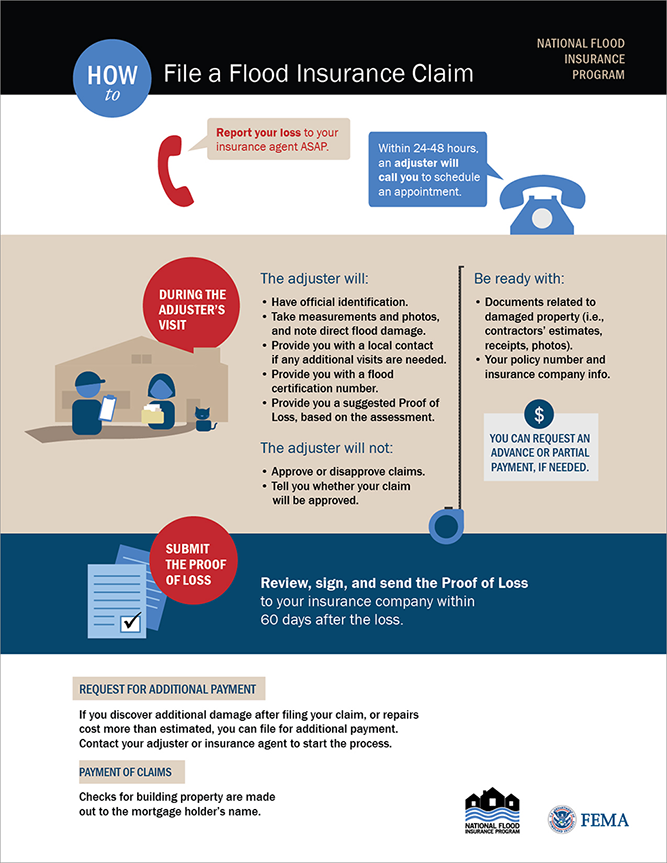 Adding a gas stabilizer helps keep gas fresh for twelve months.
Adding a gas stabilizer helps keep gas fresh for twelve months.When it comes to clearing a flooded ATV engine, we have three options:
1 Open throttle – Fully open the throttle, but leave the choke off, now crank the motor over. The open throttle increases airflow to the engine and helps dry out the cylinder. If the engine doesn’t clear and start after two or three attempts, I’d try one of the other strategies below. Excessive cranking will run the battery down.
2 Wait – Simply walking away and allowing time to dry out the cylinder usually works. Waiting anywhere from fifteen minutes to a half-hour does the job.
That said if there is an underlying problem causing the flooding then you may be visiting this problem again before long. Remember when starting a flooded engine, don’t add any choke.
Remember when starting a flooded engine, don’t add any choke.
3 Clear cylinder – Clearing the cylinder will require a few tools and a little effort. You’ll need a plug wrench and a shop rag.
The process is as follows:
Now go ahead and clean, gap the spark plug, and refit.
Here are my top tips for keeping your ATV in great shape and free from flooding
When storing your ATV, it pays off handsomely to pay particular attention to the fuel system.
You may find the following posts helpful:
ATV carburetor flooding
ATV won’t start after washing
ATV won’t jumpstart
We didn't find the posts for that URL.
There’s never a good time to break down but not to worry, I’m a mechanic, and very shortly we’ll have this figured out. 6 Common reasons an ATV won’t start, include: Flat battery – jump or charge battery Loose battery terminals – tighten terminals Fouled spark plug – clean or replace plug Flooded engine – …
Read More about ATV Won’t Start – Mechanics insider tips that actually work
Brakes are serious business, and while most riders just use the handlebar brakes, the foot brake is there for a reason – It’s a backup. As problems go, a stuck brake pedal is an easy fix. And very shortly, you’ll be well on your way to having your foot brake working once again. The rear …
As problems go, a stuck brake pedal is an easy fix. And very shortly, you’ll be well on your way to having your foot brake working once again. The rear …
Read More about ATV Rear Brake Pedal Stuck – Solved!
I’m a mechanic and fuel-related issue is amongst the most common ATV performance issues. You are in the right place for fuel pump testing and diagnosis, very shortly we’ll have this figured out. There are five common ways to check if an ATV fuel pump is in good working order, they include: Listen for pump …
Read More about How to Tell ATV Fuel Pump is Bad? This is how …
Cranking and cranking and nothing, what a pain! I hear you. I’m a mechanic and very shortly we’ll check your timing and we’ll be well on the way to figuring out what’s going out with your dirt bike. When a dirt bike timing is off, you may experience the following symptoms: No start Runs but …
Read More about Will Dirt Bike Start If Timing Off? Run this test
A coil is a critical ignition system component and your bike won’t run without them. A coil works hard, and for the most part, they are reliable, but they do fail. You are in the right place, I’m a mechanic and very shortly, you’ll know if your dirt bike coil is good or bad. The …
A coil works hard, and for the most part, they are reliable, but they do fail. You are in the right place, I’m a mechanic and very shortly, you’ll know if your dirt bike coil is good or bad. The …
Read More about Signs of Bad Dirt Bike Coil – Top 4 signs
A flat battery is a common everyday issue and easy to solve, you jumpstart her, right? But what do you do if even jumpstarting doesn’t solve the problem? Well, you are in the right place, I’m a mechanic and very shortly we’ll have it figured out. Four common reasons an ATV won’t jumpstart, include: Loose …
Read More about ATV Won’t Jump Start – This will fix it
Stators are the unseen component, indeed most riders don’t even know it exists. Without the stator, we going nowhere, a stator is the birthplace of your dirt bike’s ignition system voltage. All dirt bikes require a stator in order to produce voltage to run the ignition system, in addition, the stator provides power for lights, …
Read More about Do All Dirt Bikes Have a Stator? A beginners guide
ATVs can be hard to steer at the best of times, especially when stationary. But you know your ATV and if it’s a lot stiffer than normal, you are correct to question it. I’m a mechanic and you are in the right place for ATV steering problem-solving. Four common causes of hard to steer ATVs …
But you know your ATV and if it’s a lot stiffer than normal, you are correct to question it. I’m a mechanic and you are in the right place for ATV steering problem-solving. Four common causes of hard to steer ATVs …
Read More about ATV Hard to Steer – Solved!
I’m a mechanic for twenty-five years, and bump starting engines is all part of the day job. If your dirt bike isn’t fitted with kickstart or even if it is, this post is for you. Very shortly you’ll learn a life skill and you’ll be tearing it up. The top two ways to start a …
Read More about Start Dirt Bike Without Kickstart – Like a Pro!
A flat battery is a royal pain in the ass and there’s never a good time to have one, that said as problems go it’s a simple fix. I’m a mechanic, you are in the right place and very shortly we’ll have this figured out. To jumpstart an ATV you’ll need a donor battery and …
Read More about How do You Jump Start an ATV? In 6 easy steps
Photos from open sources
Various miracles can happen to a car in severe frosts. That expensive "washer" freezes, then the battery does not pull, then the solarium turns into jelly or the pressure in the tires drops. And it happens that the starter turns, but the engine does not start. As a result - flooded candles. And it takes a lot of precious time to dry them. However, there are ways to do everything faster and without special tools.
That expensive "washer" freezes, then the battery does not pull, then the solarium turns into jelly or the pressure in the tires drops. And it happens that the starter turns, but the engine does not start. As a result - flooded candles. And it takes a lot of precious time to dry them. However, there are ways to do everything faster and without special tools.
Efim Rozkin
During a cold start, especially in severe frosts, the car's electronics try to help the engine by enriching the air-fuel mixture due to the greater supply of fuel to the combustion chamber. And if new engines with good compression, new spark plugs and a battery can easily cope with the task with such stimulation, then used cars may experience some difficulties.
The reason for flooding the candles is simple - fuel enters the combustion chamber, but is not ignited. Candles drown in gasoline, after which it is, alas, impossible to start the engine. However, this is just a consequence. And problems can lie not only in the engine itself.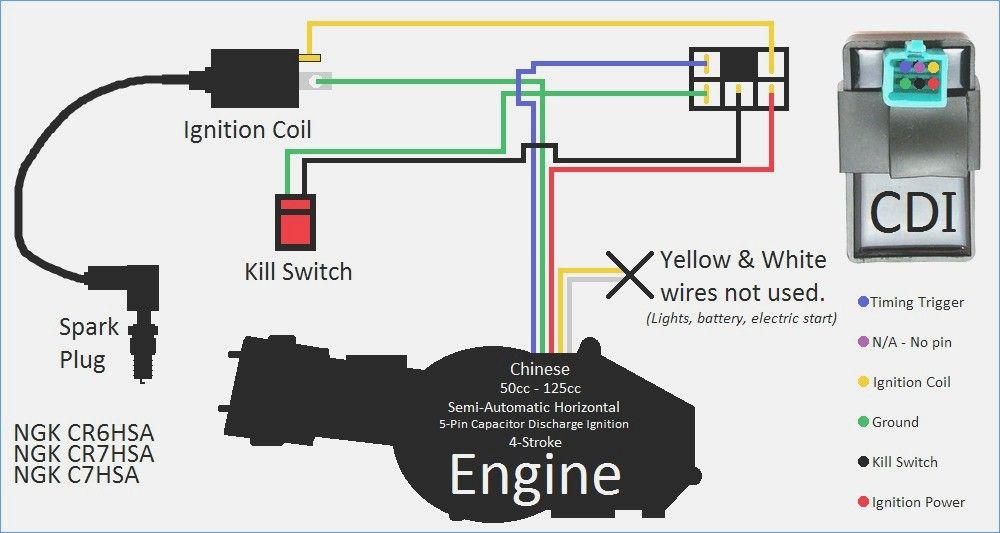 A spark does not occur due to a battery that is more than half discharged - its power is simply not enough for anything. If the candles have not been changed for a long time, then this can also be the reason when the fuel does not ignite - they could have worked out the time allotted to them, or they were damaged during replacement (for example, they were pulled during installation). The problem can also be hidden in faulty high-voltage wires. But the result is the same - after several unsuccessful attempts to start, you can not even try further - the candles are guaranteed to be flooded.
A spark does not occur due to a battery that is more than half discharged - its power is simply not enough for anything. If the candles have not been changed for a long time, then this can also be the reason when the fuel does not ignite - they could have worked out the time allotted to them, or they were damaged during replacement (for example, they were pulled during installation). The problem can also be hidden in faulty high-voltage wires. But the result is the same - after several unsuccessful attempts to start, you can not even try further - the candles are guaranteed to be flooded.
As soon as it becomes clear to the driver that he has a problem, he grabs his head and the candle wrench, and reaches under the hood to unscrew the candles and dry them using a rag, lighter or other improvised means. But what if the car did not have the right tool?
Photo from public sources
There are several ways to solve the problem. The first, perhaps, is suitable for most cars, where an injector is responsible for supplying fuel to the combustion chamber.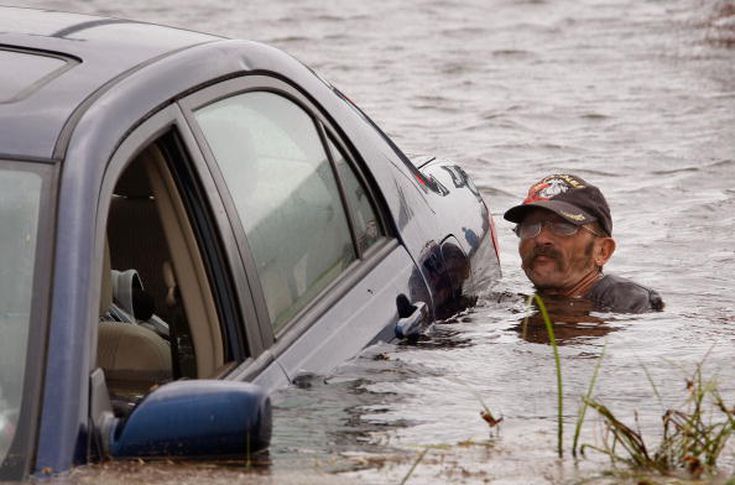 The method allows you to dry, or, in other words, blow out the cylinders. To do this, before starting the engine, it is necessary to drown the gas pedal to the floor and hold it. In this case, by turning the ignition key, you should “turn” the starter. At this moment, the electronic brain of the engine activates the purge, eliminating the supply of fuel to the combustion chamber. The whole process will take no more than 10 seconds, after which you need to release the gas pedal - the fuel supply will resume and the engine will come to life.
The method allows you to dry, or, in other words, blow out the cylinders. To do this, before starting the engine, it is necessary to drown the gas pedal to the floor and hold it. In this case, by turning the ignition key, you should “turn” the starter. At this moment, the electronic brain of the engine activates the purge, eliminating the supply of fuel to the combustion chamber. The whole process will take no more than 10 seconds, after which you need to release the gas pedal - the fuel supply will resume and the engine will come to life.
In order to start the engine successfully in cold weather in domestic cars, a Plasmer was given to help the driver. This is a mode in the ignition system, in which a pulse is applied to the candles for 30-90 seconds, due to which they warm up and condensate is removed.
However, both methods do not eliminate the need to carry a candle key with you. When all else fails, it is the ring tool that can become the very golden key, thanks to which your car engine will breathe with all its cylinders.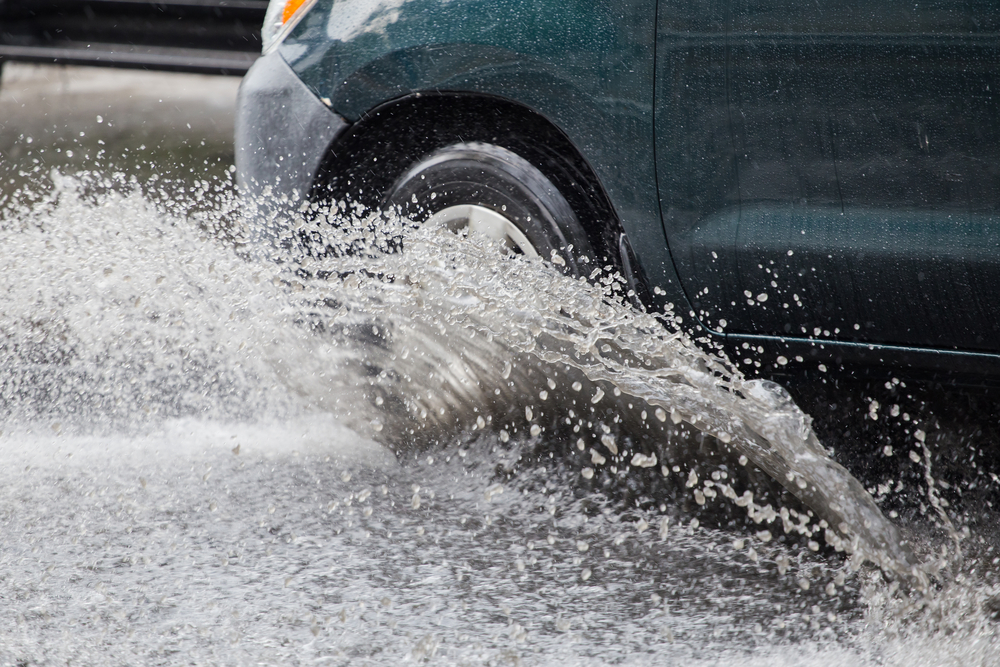
The rebellious is punished not only by the ruble of
13063
Weightless is punished not only by the ruble
,000 13063 ,0008 Sign to the Avtvzangrand channel: 9000 9000Maintenance, car service, spare parts, components, accessories, maintenance, life hack
You left your ATV in the garage on a trip or out of town, and when you return a few weeks later, you can no longer start it. Familiar situation? Even after adding a spark and fresh fuel, the engine only stops for two to three seconds. What could be the effect? After all, before the ATV, he had no problems: it was enough to pass a periodic thorough inspection.
Don't panic: in this case, you can say with almost 100% certainty that the problem is only in gasoline, and not in ATVs.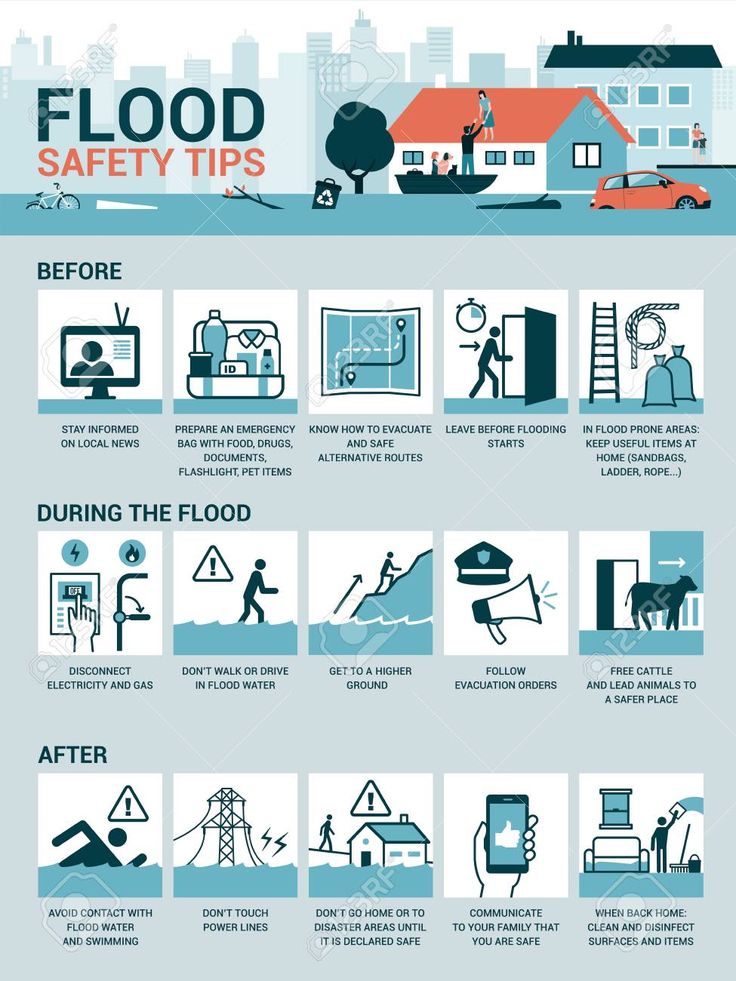 Like any hydrocarbon gas, petrol mixture is volatile and should not be relied upon for a long time. Some of its fractions evaporate, and the remaining gasoline liquid loses its ability to ignite and is no longer a fuel mixture. So your ATV didn't want to ride after a long break.
Like any hydrocarbon gas, petrol mixture is volatile and should not be relied upon for a long time. Some of its fractions evaporate, and the remaining gasoline liquid loses its ability to ignite and is no longer a fuel mixture. So your ATV didn't want to ride after a long break.
No response starter after turning the key
 If so, the secondary fuel filter is clogged and needs to be replaced. If not, remove and clean the faucet.
If so, the secondary fuel filter is clogged and needs to be replaced. If not, remove and clean the faucet. 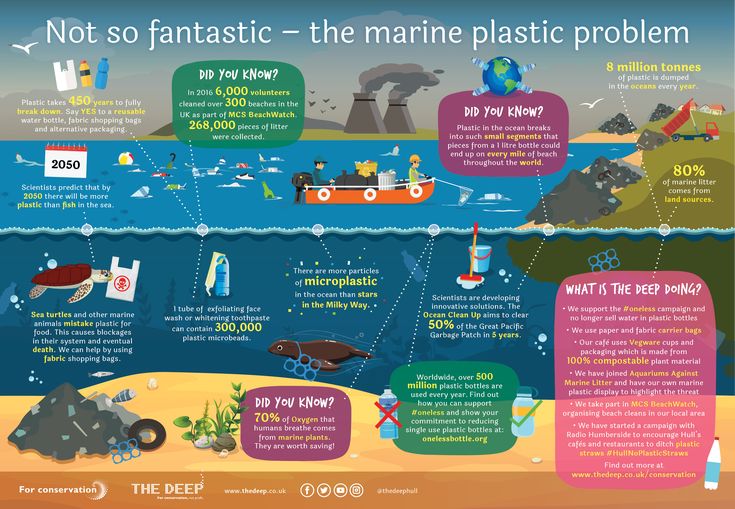 Check the tightness of the spark plugs and, if necessary, the engine compression. If it's still too low, check the heads, pistons and cylinders.
Check the tightness of the spark plugs and, if necessary, the engine compression. If it's still too low, check the heads, pistons and cylinders. 
ATV stalls : Starter relay clicks but engine does not start
Loose starter cord or short circuit due to broken wire: check connection, remove rust, check current with multimeter.




